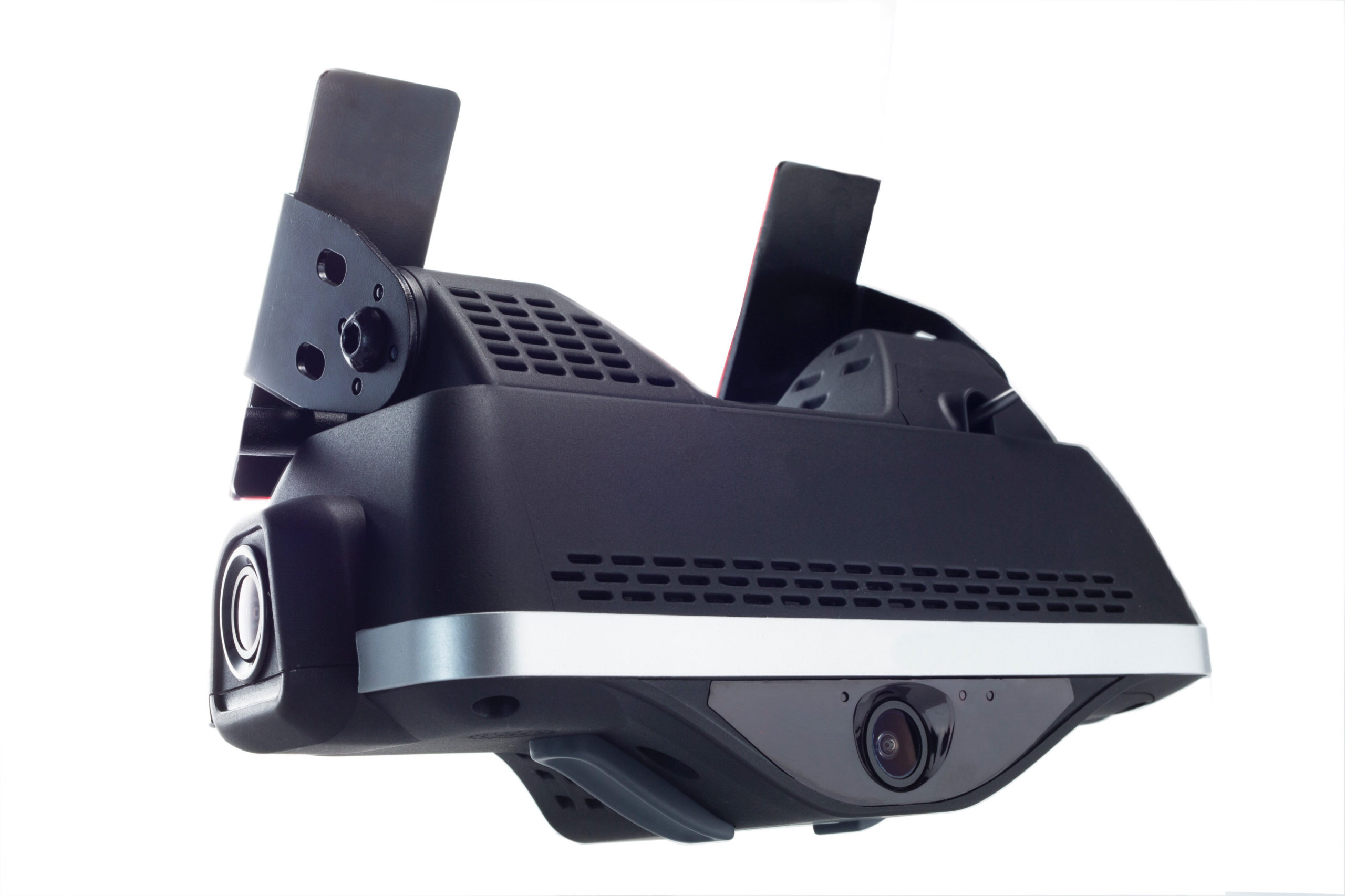
by: Karen Bradley
If your company operates a fleet of vehicles, you need every resource available to save on fuel costs, increase efficiency, and comply with regulations. GPS tracking solutions can provide you with new capabilities, giving you the ability to make decisions in real-time, improved routing efficiency, and better security.
Sometimes, fleet owners can get confused about the costs associated with a fleet tracking solution and whether the benefits are worth the price. While there are a lot of variables to this decision, the good news is that fleet tracking translates into a substantial ROI if you make the right investments.
The costs of vehicle tracking for fleets generally fall into three categories: hardware, software, and installation. Here is some general information about the costs of vehicle tracking to help you make your decision.
GPS tracking requires you to integrate hardware into your fleet vehicles and equipment. There are three types of hardware you should be aware of: OBD II or “plug and play” devices, hardwired devices, and battery-operated devices. You can also install dash cameras for better security and visibility. Here’s a breakdown of each.

Plenty of fleet owners choose tracking devices that plug directly into their OBD II port because they’re easy to install, but there’s a trade-off. This approach is less secure than an installed device.
By plugging your GPS tracking device directly into your onboard diagnostics technology, it will read data directly from the computer, giving you a precise odometer reading every time. You can also get Diagnostic Trouble Code (DTC) readings, as well as readings on temperature, coolant, and engine speed metrics.
Although this method is simple, it may mean your GPS device may not be as secure. The device can also act as a constant reminder to employees that they are being tracked, which some operators may find unnerving.
Many fleet owners use a Y harness to secure the device into the OBD II port and zip tie the device under the dash to secure it and keep it out of sight. The “plug and play” method lets you self-install to save on costs. You can also easily move your devices from vehicle to vehicle as needed.
Of course, the most secure way to install a GPS tracking device in your fleet vehicle is to hardwire it. This method involves a three-wire installation to power, ignition, and ground. A hardwired GPS is professionally installed and necessary for certain uses, such as temperature monitoring (which needs a separated input).
Long-term battery-operated GPS devices can be attached to your company’s equipment, such as backhoes and trailers. This can help you locate specific types of equipment on a large worksite and save time. It helps if you have multiple worksites and aren’t sure where a piece of equipment is located. This saves the time it would take to track it manually or have to call various sites to find out where it is. It also helps you track your equipment in real-time and get alerts if there is movement.
Keep in mind that equipment tracking solutions can also keep track of engine hours, depending on the type of equipment you’re using. This can be useful for establishing a maintenance schedule for the engine.

Fleet dash cameras can capture unsafe driving behaviors and provide verified video footage of the activity of all your drivers and vehicles. If any of your fleet vehicles are involved in an accident, a dash camera can provide the information needed for an internal investigation or a clip can be sent to your insurance company or police. A camera can also deter theft, lower insurance premiums, and help prevent fraudulent claims.
Like GPS devices, dash cameras can be plugged directly into an OBD II or installed in the vehicle. The OBD II method makes the camera more portable, but less secure. By contrast, hardwiring the camera involves a more complex installation, but it is much more secure.
Vehicle trackers range from just $60–$100 but may be obtained at no cost with a long term contract or financed over time. Equipment trackers can also be financed and can cost up to $300 as a stand-alone investment.
Meanwhile, the cost of dash cameras can vary. Commercial fleet dash cameras require software and a monthly software agreement so your dash cams can capture triggering events and send information to fleet management in real-time.
You can finance your equipment, although finance costs vary. For example, plug and play devices generally cost about $3 – $5 per month for a two-year agreement.
To use your GPS tracking devices effectively, you need software and monitoring. These come with monthly costs that are part of a contract, but give you access to the mapping platform that allows you to track, set landmarks, get alerts, and get all necessary reports.

With the right software, you can leverage your GPS solutions to optimize routes, increase efficiency, and monitor driver progress. By increasing driver productivity, you’ll see a significant ROI monthly.
Standard monthly agreements function on an auto-pay basis, per vehicle pricing. Costs range from $15.95 – $30 per month, per vehicle, while plans for cameras range from $37 – $90 per month. The price will vary depending upon the features you want and the frequency of pings to the mapping platform.
You need a reliable mapping platform that is secure and has little downtime. Don’t hesitate to ask your provider about their platform’s downtime, as they should have those metrics on hand. A GPS provider may try to keep costs low by providing more infrequent pings, but opting for a 10-minute ping does not give real-time data that will help you manage your fleet.
There are two ways you can approach the installation of your GPS tracking systems: professional installation and self-installation.
If you intend to install your devices, you’ll need them to be installed and removed by a professional. A professional can install all your units at one time, so you can get your system up and running faster. This also frees you from allocating staff hours to installation. Companies may have local installers that are employees or subcontract the work out. There is a network of GPS installers across the nation so installations can be arranged anywhere.
More importantly, professional installation ensures your unit is installed and operating correctly.
OBD II-compatible tracking devices can be plugged directly into your OBD II port by you or your staff. There are no professional installation costs.
However, the device can be easily removed by drivers and mechanics. When removed for diagnostics, these devices can be lost or damaged. Self-installation also means your devices are installed only when your staff has the time to do so. This makes it a slower process. Still, OBD II devices, even with a Y harness, can be self-installed using detailed instructional videos.
Getting your devices professionally installed is pretty affordable. It generally ranges from $50 – $125 per vehicle for standard GPS tracking. There may be additional costs for heavy equipment and cameras.
Installing GPS tracking systems is an investment, but in the long run, it will save you significantly on fuel costs, wages, insurance, tickets, and accidents. Most companies save much more than they spend, even in the first year. You can calculate the ROI of your investment using our free ROI Calculator.
Not only can you expect significant cost savings, but you’ll be able to focus more on fleet accountability, efficiency, safety, and compliance.
Request a demonstration of EcoTrack Fleet Management’s GPS tracking service today to find out more.